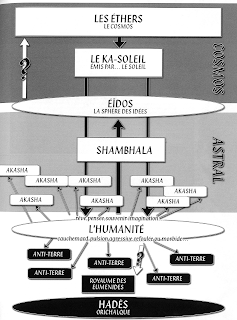Divine invocations versus spiritual invocations
This is an addendum to my posts on summoning spell types and magical names . There are two types of Invocation : The first is when a spirit is invoked to grant the summoner its desired qualities, as opposed to appearing before the summoner and acting on his behalf. This is a Spiritual Invocation . The second is when one of the divine names is prayed to or called out in order to bind or compel a spirit into service, as in the Key of Solomon . E.g. Latin In nomine Jesu “In the name of Jesus”. This is a Divine Invocation . The divine invocation is not actually its own spell, but part of any summoning spell. When a summoner dominates or banishes an entity, he usually invokes a divine name as part of the ritual.
